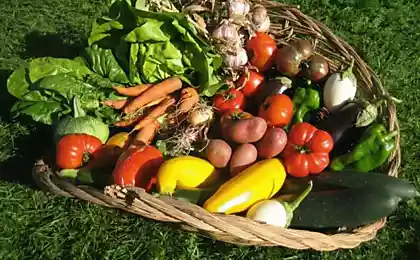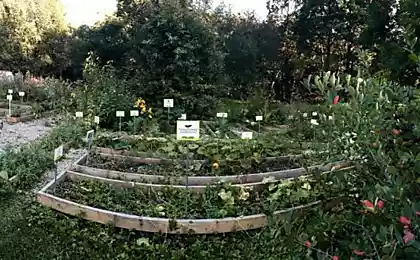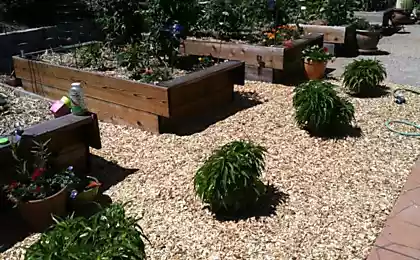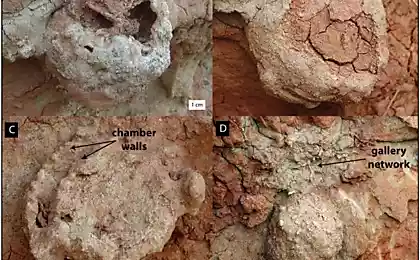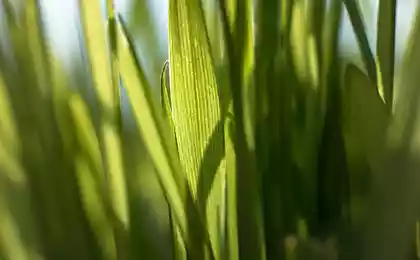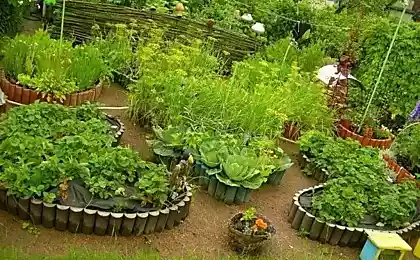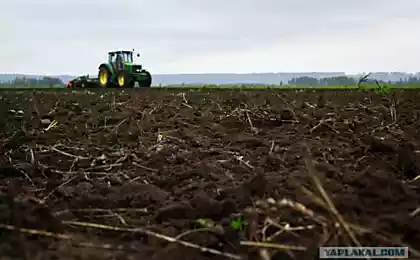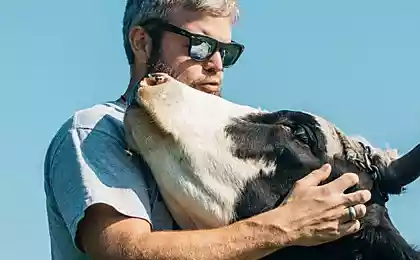561
Carbon farming – a new hope for farmers
Carbon agriculture recently was called the "secret weapon" of new generation in the hands of farmers. According to some researchers, it should be the basis of future civilization, change the usual methods of cultivation and farming. In the future, especially using carbon in agriculture, farmers will be able several times to increase the volume of agricultural production. What is this new type of land use around which there was so much debate?
The child of a changing climate,the Emergence of carbon farming is a response to global warming. The concept is to get the excess carbon out of the atmosphere, where this element causes a negative change and affect the climate, and keep it in the soil to help plant growth. The principle is very simple, however putting it into practice was a bit more complicated.
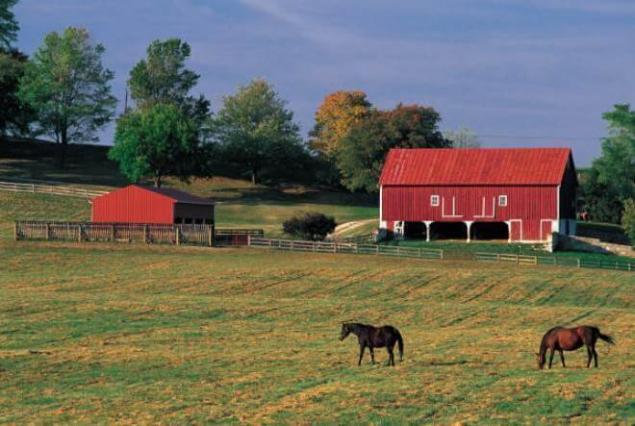
The carbon system is built on a simple air – soil – plant
For anybody not a secret that the burning of fossil fuel in the atmosphere receives a large amount of carbon that turns the planet into a giant greenhouse. However, carbon is not only rich in oil deposits, but surface soil layers. Aware farmers and gardeners who want to maximize the soil's nutrients. Decaying plants contribute to the soil the essential minerals and actively absorb carbon dioxide from the air.
How to use carbonFirst experiments on creation of the prototype carbon farms has already begun. One of these polygons became the farm of Gabe brown in North Dakota (USA). The owner has about 5 hectares of land holdings, larger livestock and Pets. For brown it is no secret that carbon is an essential component of development of the soil and its inhabitants (microbes, fungi and earthworms).
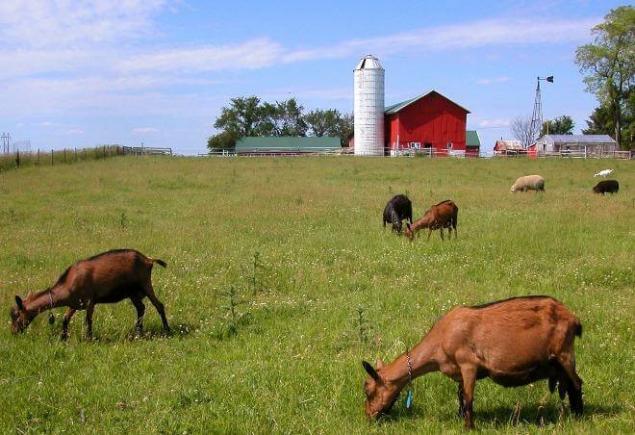
Carbon farms use only natural ingredients
The cornerstone of agriculture are "chemical crutches" – different additives, fertilizers and feed. At first glance carbon agriculture differs little from traditional methods. However, even the use of familiar compost with the subsequent plowing of the earth, brown is not considered an effective method. It uses original and unusual solution. At the end of the season on the field, which is the harvest, the farmer produces sheep, chickens, Chicks, so they trampled and ate the remains of the harvest. Then he takes a drill and plant the seed of the new crop among the decaying remnants of the previous one.
Along with traditional crops like corn in the fields grow brown, clover, peas, millet, Sudan grass, sunflower, etc in the experiments involved up to 70 types of different cultures. Each plant has its own niche in terms of height, root depth, shape of leaves and growth rates. This "green mix" creates a continuous carpet, "pumping" carbon out of the air into the soil and enriches the main culture.
Other ways of using carbonIn some other States in the U.S. and Australia apply this method as a "carbon credit". In particular, those farmers who are actively "withdraw" carbon, can sell allowances to companies that pollute the environment. So, in the United States to the lending program was joined by more than 168 power plants, and the total number of companies in California alone is close to 600. Concern "Chevrolet" (Chevrolet) recently acquired 40 thousand carbon credits from 23 farms of North Dakota, which has pledged to maintain the desired level of carbon on 11 thousand hectares of pastures.

The sale of quotas for carbon emissions – the reality is American farmers
Although sometimes the farms themselves are the main sources of harmful emissions. This is especially true of those owners of farms, which contain a large number of cattle and not always direct efforts to maintain carbon at the required level.
Cows that "hold" the carbonlivestock on the pastures is a versatile and eco-friendly "system," trapping carbon. Every time a conventional cow chewing grass, into the soil from the roots stand out a bit of carbon. There is another view – the excess of cattle produces much more greenhouse gases than carbon, which ultimately leads to their abundance in the atmosphere.
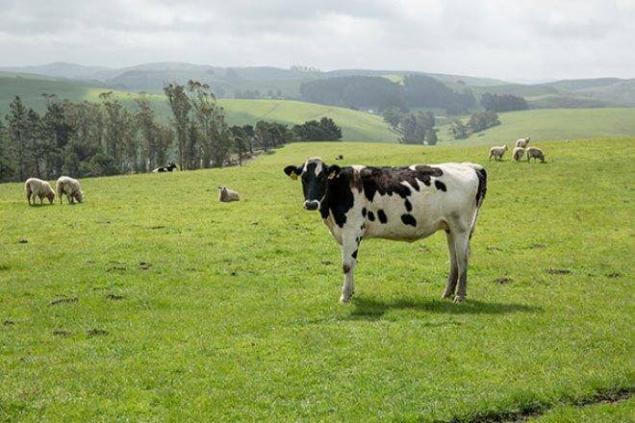
Debate about how many animals produce carbon and how much is thrown away, continue
Other supporters of the technology carbon agriculture believe more in perennials. They believe that trees are the perfect conductors of carbon, without the need for animals. The experts offer to organize cattle grazing in the space between planted at the distance of trees, where enough sunlight. This approach will allow to compensate for the lack of carbon.
Five tenets sequestration (retention) carbonIf you are interested in a new form of doing subsistence farming, note 5 of the basic principles by which it will become a reality.
1. Do not loosen soil
Tillage mixes the soil with air, which allows the carbon to oxidize, returning to the atmosphere. Instead, focus on the cultivation of perennial crops and do not handle the soil or use the seeder for simplified sowing for annual crops.
2. Multiroute soil
Regularly multiroute the ground near a small planting using wood or straw shavings. They will help to prevent loss of carbon. Large areas leave plant residues as mulch. Decompose, they will perform the function of "carbon fuel" for the soil.
3. Use compost
Compost is rich in stable (trudnootdelyaemoy) form of carbon, so the "carbon farmers" sow it on the surface of the earth. And you recommend.
4. Graze livestock correctly
Cattle graze on one field is really not very practical. Better to break ground for a pasture into several small sections and walk the animals on one of them so the rest of us time to recover.
5. Plant a cover crop
Growing povorotnyi such as clover and peas, keep the carbon in the soil for a long winter. They can also grow next to other crops and to compensate for the carbon losses caused by the collection of these crops.
Carbon farming is the future of agriculture, once again confirming the thesis that everything necessary for the plant growth substance found in nature. Try to become the season of "carbon farmer" and be sure to share your experience with us. published
P. S. And remember, only by changing their consumption — together we change the world! ©
Join us in Facebook , Vkontakte, Odnoklassniki
Source: www.ogorod.ru/ru/main/trends/9991/Uglerodnoe-selskoe-hozyastvo-%E2%80%93-nadezhda-ogorodnikov.htm
The child of a changing climate,the Emergence of carbon farming is a response to global warming. The concept is to get the excess carbon out of the atmosphere, where this element causes a negative change and affect the climate, and keep it in the soil to help plant growth. The principle is very simple, however putting it into practice was a bit more complicated.

The carbon system is built on a simple air – soil – plant
For anybody not a secret that the burning of fossil fuel in the atmosphere receives a large amount of carbon that turns the planet into a giant greenhouse. However, carbon is not only rich in oil deposits, but surface soil layers. Aware farmers and gardeners who want to maximize the soil's nutrients. Decaying plants contribute to the soil the essential minerals and actively absorb carbon dioxide from the air.
How to use carbonFirst experiments on creation of the prototype carbon farms has already begun. One of these polygons became the farm of Gabe brown in North Dakota (USA). The owner has about 5 hectares of land holdings, larger livestock and Pets. For brown it is no secret that carbon is an essential component of development of the soil and its inhabitants (microbes, fungi and earthworms).

Carbon farms use only natural ingredients
The cornerstone of agriculture are "chemical crutches" – different additives, fertilizers and feed. At first glance carbon agriculture differs little from traditional methods. However, even the use of familiar compost with the subsequent plowing of the earth, brown is not considered an effective method. It uses original and unusual solution. At the end of the season on the field, which is the harvest, the farmer produces sheep, chickens, Chicks, so they trampled and ate the remains of the harvest. Then he takes a drill and plant the seed of the new crop among the decaying remnants of the previous one.
Along with traditional crops like corn in the fields grow brown, clover, peas, millet, Sudan grass, sunflower, etc in the experiments involved up to 70 types of different cultures. Each plant has its own niche in terms of height, root depth, shape of leaves and growth rates. This "green mix" creates a continuous carpet, "pumping" carbon out of the air into the soil and enriches the main culture.
Other ways of using carbonIn some other States in the U.S. and Australia apply this method as a "carbon credit". In particular, those farmers who are actively "withdraw" carbon, can sell allowances to companies that pollute the environment. So, in the United States to the lending program was joined by more than 168 power plants, and the total number of companies in California alone is close to 600. Concern "Chevrolet" (Chevrolet) recently acquired 40 thousand carbon credits from 23 farms of North Dakota, which has pledged to maintain the desired level of carbon on 11 thousand hectares of pastures.

The sale of quotas for carbon emissions – the reality is American farmers
Although sometimes the farms themselves are the main sources of harmful emissions. This is especially true of those owners of farms, which contain a large number of cattle and not always direct efforts to maintain carbon at the required level.
Cows that "hold" the carbonlivestock on the pastures is a versatile and eco-friendly "system," trapping carbon. Every time a conventional cow chewing grass, into the soil from the roots stand out a bit of carbon. There is another view – the excess of cattle produces much more greenhouse gases than carbon, which ultimately leads to their abundance in the atmosphere.

Debate about how many animals produce carbon and how much is thrown away, continue
Other supporters of the technology carbon agriculture believe more in perennials. They believe that trees are the perfect conductors of carbon, without the need for animals. The experts offer to organize cattle grazing in the space between planted at the distance of trees, where enough sunlight. This approach will allow to compensate for the lack of carbon.
Five tenets sequestration (retention) carbonIf you are interested in a new form of doing subsistence farming, note 5 of the basic principles by which it will become a reality.
1. Do not loosen soil
Tillage mixes the soil with air, which allows the carbon to oxidize, returning to the atmosphere. Instead, focus on the cultivation of perennial crops and do not handle the soil or use the seeder for simplified sowing for annual crops.
2. Multiroute soil
Regularly multiroute the ground near a small planting using wood or straw shavings. They will help to prevent loss of carbon. Large areas leave plant residues as mulch. Decompose, they will perform the function of "carbon fuel" for the soil.
3. Use compost
Compost is rich in stable (trudnootdelyaemoy) form of carbon, so the "carbon farmers" sow it on the surface of the earth. And you recommend.
4. Graze livestock correctly
Cattle graze on one field is really not very practical. Better to break ground for a pasture into several small sections and walk the animals on one of them so the rest of us time to recover.
5. Plant a cover crop
Growing povorotnyi such as clover and peas, keep the carbon in the soil for a long winter. They can also grow next to other crops and to compensate for the carbon losses caused by the collection of these crops.
Carbon farming is the future of agriculture, once again confirming the thesis that everything necessary for the plant growth substance found in nature. Try to become the season of "carbon farmer" and be sure to share your experience with us. published
P. S. And remember, only by changing their consumption — together we change the world! ©
Join us in Facebook , Vkontakte, Odnoklassniki
Source: www.ogorod.ru/ru/main/trends/9991/Uglerodnoe-selskoe-hozyastvo-%E2%80%93-nadezhda-ogorodnikov.htm
An effective DETOX program: cleanse the body of toxins within 14 days
The advantages of exercising in the fitness clubs



